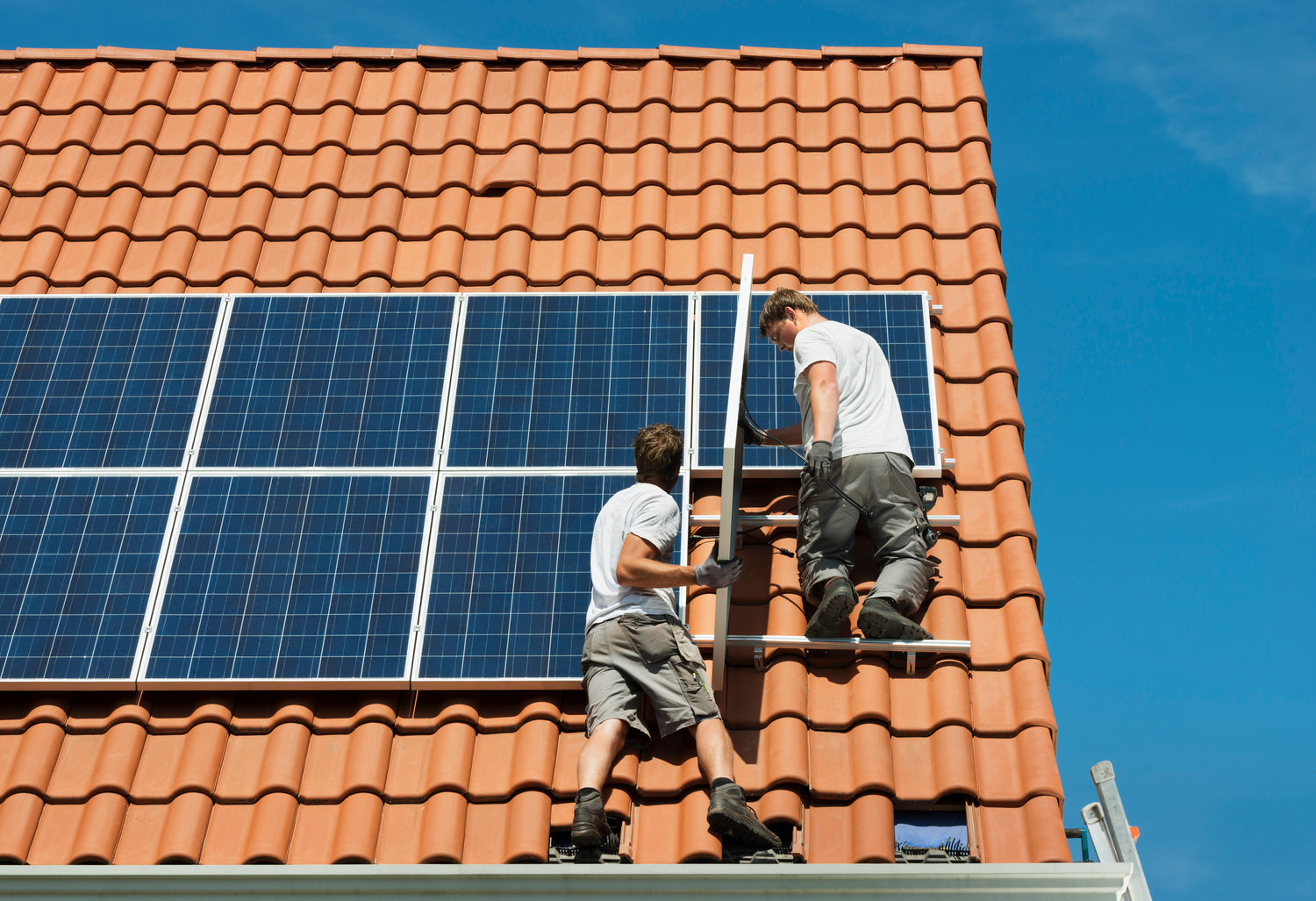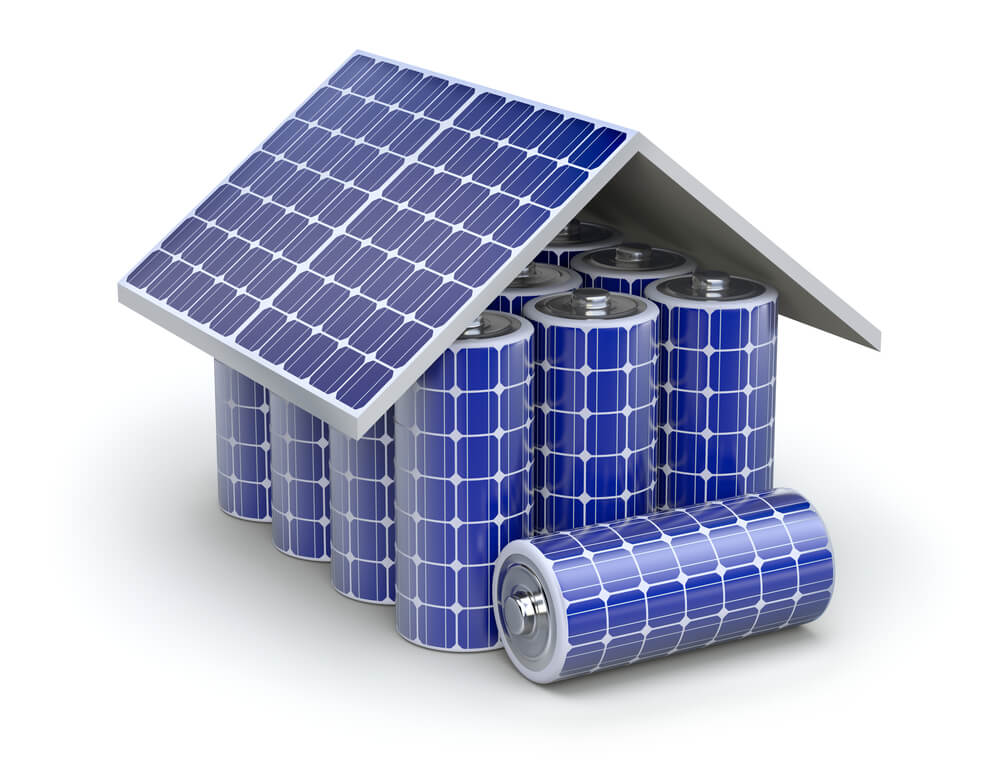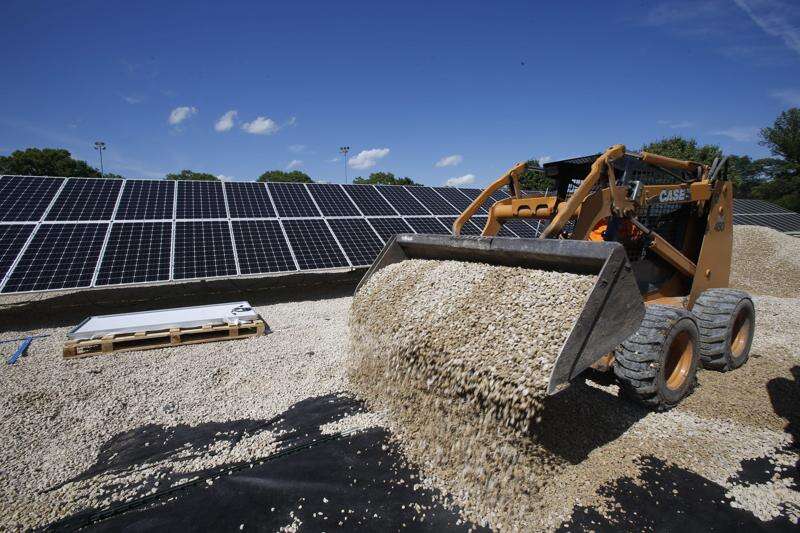As the cost of solar energy comes down, more Americans are installing solar panels to power their homes and lower their energy costs. Usually, a solar photovoltaic (PV) installation comes with a proposal and a contract, so if you’re thinking about going solar, it’s important to understand what you’ll be signing.
Before you sign the contract, be sure you understand the terms—including what happens if a system component breaks or the manufacturer goes out of business—and don’t hesitate to ask questions. Check with your local government to find out if there are any solar consumer protection programs. The Interstate Renewable Energy Council (IREC)’s Consumer Solar Checklist can help you navigate the going-solar process.
Solar contracts vary depending on the installer and how you pay for or finance the system, but they generally have some elements in common. Here are some things you can expect to see:
System Overview
This section provides details about your solar energy system, like the number of panels it has, the types of panels and inverters, the manufacturer’s warranty, system location (how it will be oriented on your roof), and the panel wattage, which is the amount of power your system will produce under optimal conditions. It may also include the date your system will be installed and operating, as well as the value of its annual solar production.
Financial Summary
A financial summary shows you the money—the cost of materials, labor, and installation, as well as your estimated cost savings over the system’s life, which is typically 20-30 years. You may also see the costs of permitting and inspection, which can make up a substantial portion of your overall costs.
The annual solar output in kilowatt-hours (kWh) you can expect from your system will likely be included here, as well as the cost value of solar output and the savings that result. Learn more about your financing options and the solar incentives in your state.
You can figure out the price per watt (W) by dividing the cost of the system by the system’s capacity in W. Since capacity is measured in kilowatts (kW), multiply the number of kW in the system by 1,000, then divide the system’s cost by that number. For example, a $21,000 7 kW system amounts to $3/W.
The cost of a PV system varies depending on your U.S. location and other factors, so you should compare proposals from multiple installers. The Tracking the Sun report provides insights on median solar prices in many states. The latest report includes data on about 2.2 million systems covering 79% of all distributed solar PV systems through 2020. Check out some state median prices and national median prices below.
Electric Details
Electric details is an overview of the annual electricity usage and annual solar output expected from your new system. Remember, the size of your home alone won’t determine your electricity usage and solar output. Your solar installer will ask for 12 months of electric bills to help size the system. It will also consider the efficiency of your home appliances and your other electricity uses—along with factors like plans you may have to buy new appliances or an electric vehicle—when designing the right system for your needs and usage.
Electric Bill Savings
This is a snapshot of how much you can expect to pay for your monthly utility bills once you’ve installed your solar panels. Note that your savings depends on several factors, including your energy consumption, your system’s exposure to sunlight, net metering in your area, fixed connection rates, and local electricity rates. This may include estimated or guaranteed cost savings, or both. The cost of electricity can change over time, so make sure you understand how that would affect your cost savings.
Interconnection and Inspections
Before your installer can complete any work, they’ll need to obtain construction and electric work permits from the city or county. You or your installer will need approval from your utility for your PV system so the utility can connect it to the grid and potentially upgrade your meter. This will probably require a system inspection before interconnection and after a city or county inspection. Your installer should arrange these inspections, and the contract may say they must occur within 30 days of installation. If, for some reason, your system fails the inspection, installers will need to address the issue before interconnection can happen. Ask your local electric company whether there is a fee to connect to the grid.
National Installed Residential Price Distributions
YEAR
MEDIAN
20TH PERCENTILE
80TH PERCENTILE
PERCENTILE BAND
2020
$3.82
$3.00
$4.62
$1.62
Line chart of the cost of residential solar versus time showing how costs have decreased signficantly
Lawrence Berkeley National Laboratory
State Installed Residential Median Prices
Prices from 21 states are listed below. These prices represent the median, not the average, across various PV system sizes, and prices depend on both the size of the system and your specific location.
STATE
MEDIAN $/W
Delaware
$2.92
Washington
$3.05
New Hampshire
$3.07
Maryland
$3.16
Florida
$3.38
Minnesota
$3.43
Massachusetts
$3.51
New Jersey
$3.54
Connecticut
$3.55
Oregon
$3.57
Arizona
$3.76
Wisconsin
$3.78
Texas
$3.80
Utah
$3.81
California
$3.87
Nevada
$3.88
New York
$3.89
New Mexico
$4.14
Rhode Island
$4.20
Colorado
$4.22
North Carolina
$4.63



